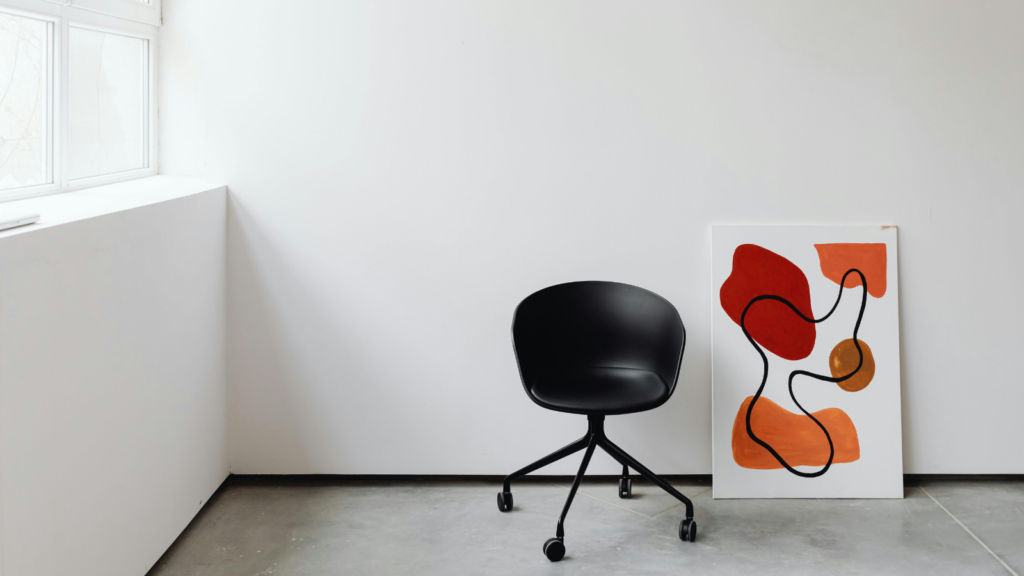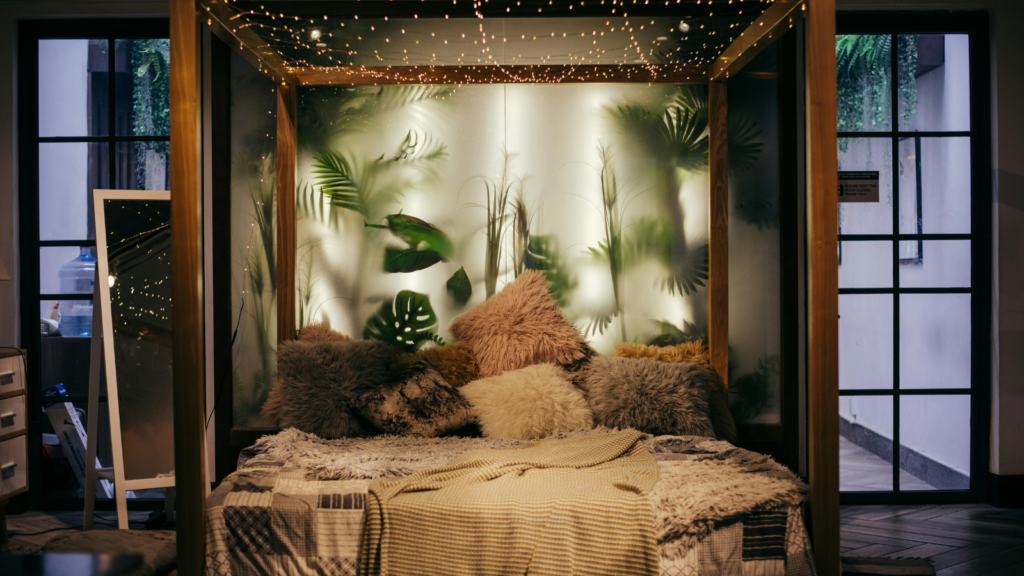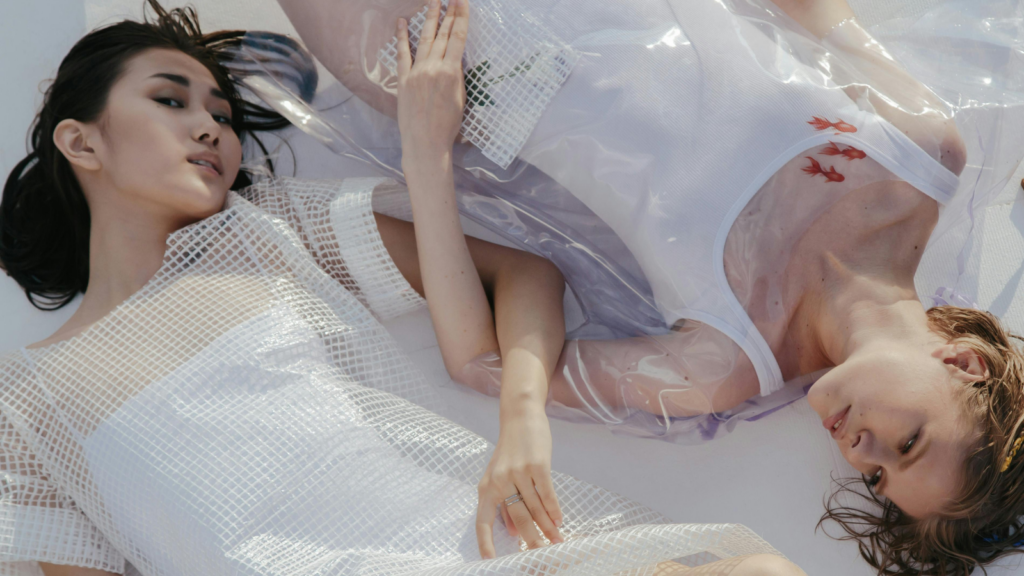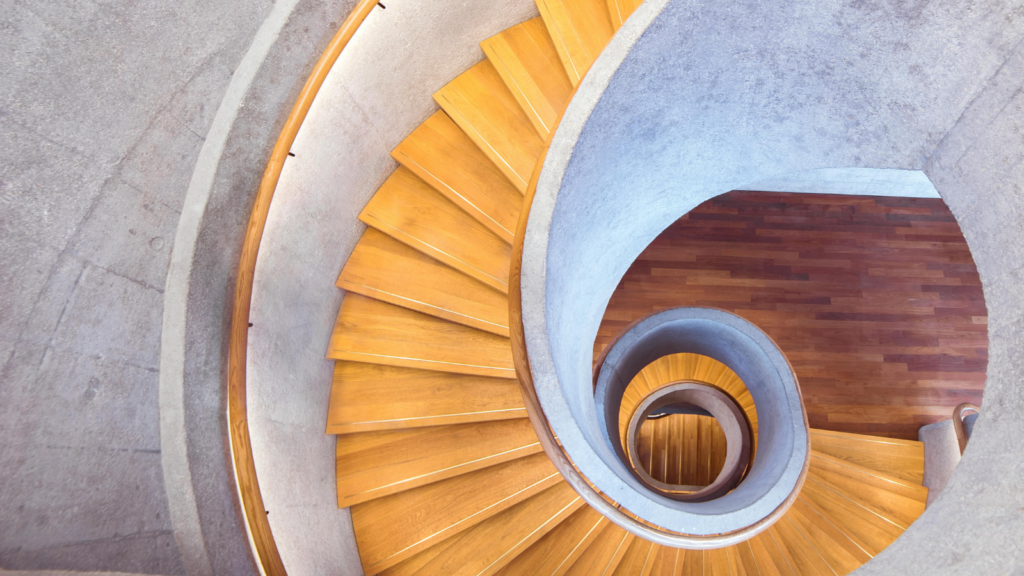In a world overflowing with visual stimuli, a comprehensive analysis of the concept of aesthetic aura reveals it as a captivating phenomenon that transcends mere beauty. This elusive quality imbues objects, spaces, and even individuals with a unique charm that captivates the senses and stirs emotions. Whether it’s the soft glow of a vintage lamp or the harmonious design of a minimalist room, an aesthetic aura creates an irresistible allure that draws people in.
Understanding aesthetic aura, especially in the realm of online modeling, involves exploring the subtle interplay of elements like color, texture, and form that contribute to an object’s or space’s overall appeal. It’s about recognizing the intangible essence that elevates an ordinary setting into an extraordinary experience. As more people engage with virtual environments and seek meaningful connections with their surroundings, the appreciation for aesthetic aura continues to grow, influencing everything from online modeling to interior design and personal style choices.
Aesthetic:bijeybiezp8= Aura

Aesthetic aura involves elements that create an engaging atmosphere. It goes beyond visual appeal, encompassing sensory experiences that shape perceptions. Color palette choices, textures, and spatial arrangements contribute to this ambiance.
In interior design, an aesthetic aura transforms spaces into personalized environments. Personal style also benefits, as individuals curate their surroundings to reflect their identities. The shifting cultural focus towards unique expressions and emotional resonance underscores the growing significance of aesthetic aura in everyday life.
Elements of Aesthetic Aura
Aesthetic aura involves combining various elements to create an immersive, captivating experience. These include visual components and emotional impact.
Visual Components
Visual components contribute significantly to aesthetic aura. Colors set the mood; vibrant hues energize, while soft tones calm. Texture adds depth; rough surfaces feel rustic, while smooth ones appear modern. Form defines structure; angular shapes exude dynamism, while curves introduce softness. Lighting affects perception; bright lights enhance clarity, while dim settings add mystery.
Emotional Impact
Emotional impact defines an aesthetic aura’s effectiveness. Spaces evoke feelings; a cozy room comforts, while a minimalist space inspires clarity. Objects convey messages; art pieces provoke thought, while family photos bring nostalgia. Environment fosters connections; nature-themed designs enhance serenity, while urban elements encourage energy. This emotional resonance ensures lasting impressions.
Influence of Aesthetic Aura in Modern Art
Contemporary Artists and Aesthetic Aura

Aesthetic aura significantly impacts modern art by infusing artworks with unique charm and meaning. Artists and audiences alike feel the deep emotional engagement and sensory stimulation it provides.
Contemporary artists harness aesthetic aura to inspire deeper emotional connections with their audiences. By integrating elements like color, texture, and form, they create immersive experiences that challenge conventional beauty. Emerging artists, such as Olafur Eliasson and Yayoi Kusama, use light, space, and repetition to craft striking visual environments, invoking feelings of awe and reflection.
Public Perception and Reception
Public perception of aesthetic aura in art enhances the viewer’s emotional and intellectual engagement. Audiences often feel more connected to artworks that evoke emotions, sparking discussions about aesthetics and intent. In galleries and exhibitions, artworks with strong aura elements gain appreciation for their ability to transform perceptions and evoke personal reflections, contributing to a broader understanding of contemporary culture.
The Role of Aesthetic Aura in Design
Fashion and Interior Design

Fashion integrates aesthetic aura to create clothing that reflects personal and cultural identities. Designers use elements like fabric, color, and style to evoke moods and convey messages. For example, bold patterns and vibrant hues often reflect exuberance, while minimalistic designs with neutral tones suggest elegance. This aura transforms garments into expressions of individuality, appealing to diverse fashion tastes.
In interior design, aesthetic aura shapes spaces by focusing on sensory harmony. Modern trends emphasize natural materials, organic shapes, and muted palettes to evoke calm and warmth. Designers create immersive environments by balancing textures, light, and spatial arrangement to influence mood and function. These elements contribute to a space’s aura, fostering emotional connections and enhancing the living experience.
The Appreciation for Aesthetic Aura
The concept of aesthetic aura continues to transform how individuals perceive and interact with their surroundings. By blending visual components with emotional resonance, it creates spaces and objects that not only captivate but also inspire deeper connections. As this appreciation grows, it influences various creative fields, encouraging a shift towards more personalized and meaningful expressions.

